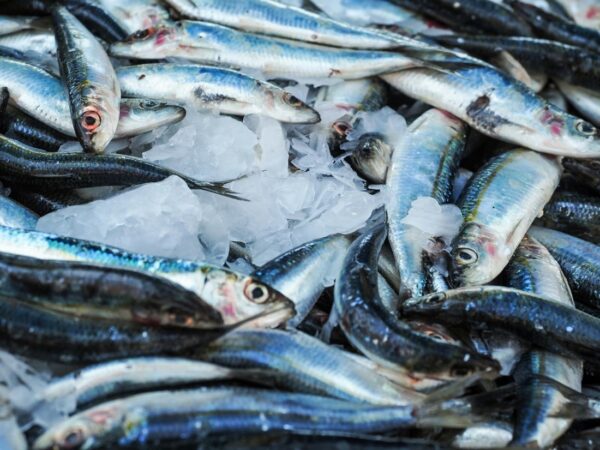Research has found that farmed salmon production leads to an overall loss of essential dietary nutrients. Researchers’ conclusions state that eating more wild ‘feed’ species directly could benefit our health while reducing aquaculture demand for finite marine resources.
Scientists from the University of Cambridge, Lancaster University, University of Stirling and the University of Aberdeen calculated the balance of nutrients in edible portions of whole wild fish, used within pelleted salmon feed in Norway, compared to the farmed salmon fillets. They focused on nine nutrients that are essential in human diets and concentrated in seafood.
Vital nutrients
Researchers analysed the flow of nutrients from the edible species of wild fish used as feed, to the farmed salmon they were fed to. They found a decrease in six out of nine nutrients in the salmon fillet – calcium, iodine, iron, omega-3, vitamin B12 and vitamin A, but increased levels of selenium and zinc.
“What we’re seeing is that most species of wild fish used as feed have a similar or greater density and range of micronutrients than farmed salmon fillets,” said lead author, Dr David Willer, Zoology Department, University of Cambridge.
“Whilst still enjoying eating salmon and supporting sustainable growth in the sector, people should consider eating a greater and wider variety of wild fish species like sardines, mackerel and anchovies, to get more essential nutrients straight to their plate.”
In the UK, 71% of adults have insufficient vitamin D in winter, and teenage girls and women often have deficiencies of iodine, selenium and iron. Yet while, 24% of adults ate salmon weekly, only 5.4% ate mackerel, 1% anchovies and just 0.4% herring.
The researchers found consuming one-third of current food-grade wild feed fish directly would be the most efficient way of maximising nutrients from the sea.
Their study, published in Nature Food, compares nutrient balances in wild fish with those in farmed salmon fillets. Wild feed species like anchoveta, herring, mackerel, sprat, and blue whiting contain higher or similar nutrient concentrations compared to farmed salmon, with notable disparities in calcium, iodine, iron, omega-3, vitamin B12, and vitamin A.
“Farmed salmon is an excellent source of nutrition, and is one of the best converters of feed of any farmed animal, but for the industry to grow it needs to become better at retaining key nutrients that it is fed. This can be done through more strategic use of feed ingredients, including from fishery by-products and sustainably-sourced, industrial-grade fish such as sand eels”, said Dr Richard Newton of the Institute of Aquaculture, University of Stirling, whose team also included Professor Dave Little, Dr Wesley Malcorps and Björn Kok.
